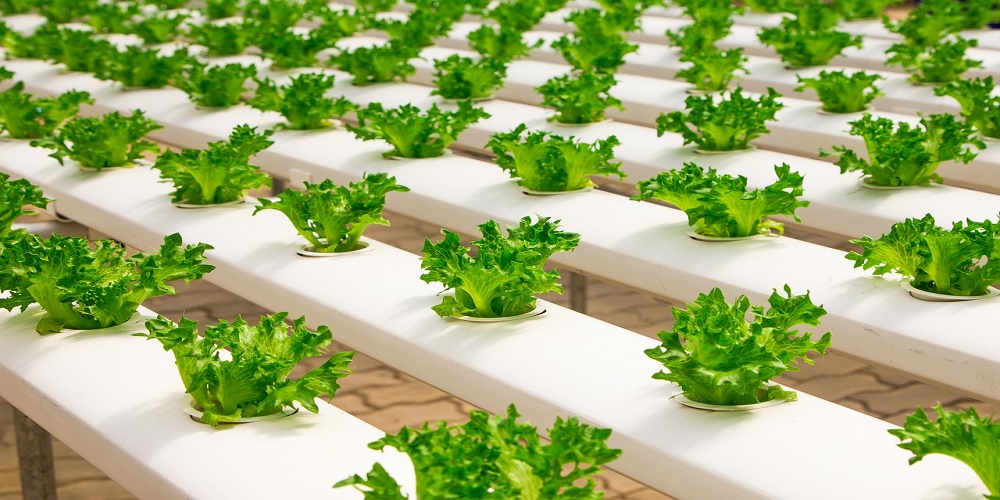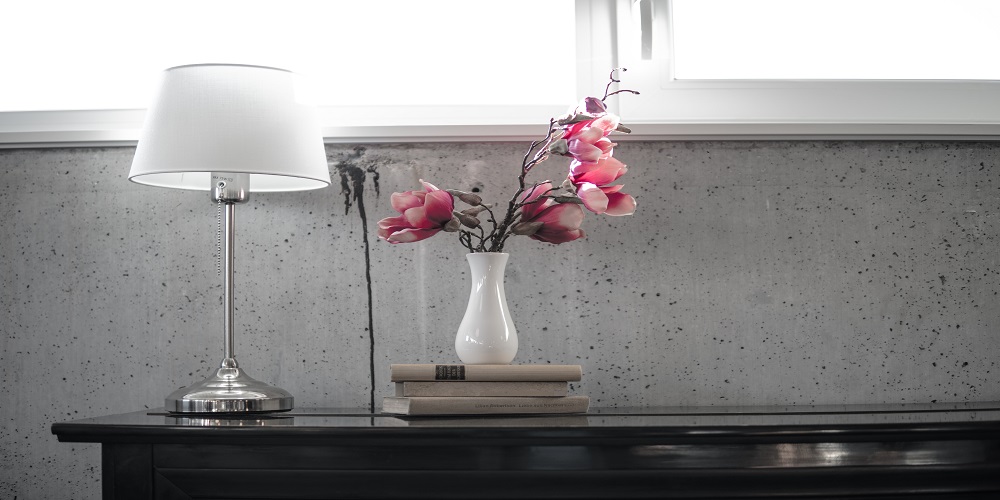What are hydroponic systems?
One of the first things we learned in school about plants is photosynthesis: the process by which plants feed and sustain the environment and themselves. This process involves absorbing carbon dioxide from the air and certain nutrients from the water in the soil. Plants consume these elements and, in turn, release oxygen and energy. These elements make the earth habitable for life. That means healthy plant life does not require soil but air and water, which the soil provides.
Hydroponic gardening involves growing plants without using soil. When a plant’s root is in the soil, it searches for the necessary nutrient to grow. But if grown directly inside water, this eradicates any search for nutrients. This gardening system enables faster growth, quicker bloom, and nutrient-rich plants.

Some Canadians use this system to grow various edible plants and herbs indoors all year. For this purpose, you will find hydroponic equipment anywhere in Canada, mostly in online stores. The plants can be cultivated using any of the various media, such as:
- Soilless mix
- Gravel
- Hemp fiber
- Sawdust
- Sand
- Rockwool
- Etc.
How does a hydroponic system work?
The idea behind the hydroponic system of growing plants is to give the crop what it needs at the right time. The roots are placed directly into the nutrient solution and water using the appropriate equipment. This process allows the plant to be exposed directly to water and the necessary nutrients. Each plant has different requirements in terms of the amount of sunlight and water. A hydroponic system allows you to give the plants exactly what it needs to grow quickly and healthily.
It eliminates all issues of pests and other environmental risks, including fungi and wildlife. Using hydroponic systems, you control the plants’ environment. Which removes any soil or outside variable that can negatively affect the plant’s growth. Plants can grow freely and in good health without the resistance that comes with soil. And the lack of pesticides ensures the production of healthy and high-quality vegetables.
Types of hydroponic systems
Various hydroponic methods exist, but all involve growing plants without soil. Here are the common types of hydroponic systems:
Wick: A simple form of hydroponic in which the plant is placed on a string sitting atop a water container.
Deep water culture: The plant roots are placed inside nutrient-rich water.
Flood and drain: This hydroponic system involves filling the water with nutrient solutions and draining them at specific intervals.
Drip: This system involves the use of nutrient pumps. The pumps feed the plants with the required water and nutrient at regular intervals.
Other types of hydroponic systems exist alongside various media for growing plants. Two important things to remember when using any hydroponic system:
1. Ensure the plants are getting the required nutrition at the right time.
2. Ensure the water’s pH level is balanced.








